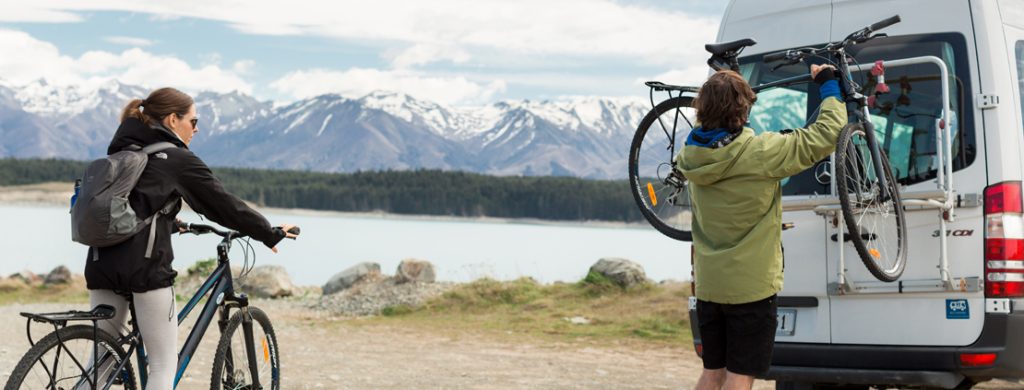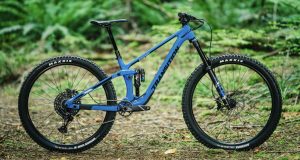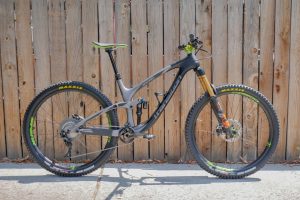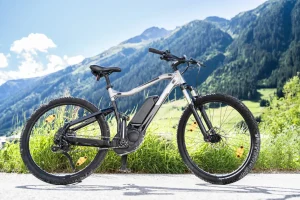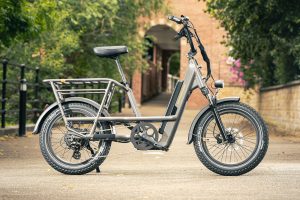Choose the Best Bike Rack for Your RV, Are you an avid cyclist who loves to hit the open road in your RV? If so, you may have encountered the challenge of finding a reliable bike rack to transport your bikes safely and securely. With so many options available in the market, choosing the best bike rack for your RV can be a daunting task. In this article, we will guide you through the process of selecting the perfect bike rack that meets your needs and ensures a smooth and hassle-free travel experience.
Introduction
Traveling in an RV provides the freedom to explore new destinations while bringing along your beloved bicycles. However, without a suitable bike rack, transporting your bikes can be challenging and potentially risky. By investing in the best bike rack for your RV, you can ensure the safety of your bikes and enjoy a seamless travel experience.

Understanding Your RV and Bike Rack Requirements
Before diving into the selection process, it’s essential to understand the specific requirements of your RV and your biking needs. Consider the following factors:
- The type and size of your RV: Different types of RVs have varying compatibility with bike racks. Determine whether your RV has a hitch receiver, a bumper suitable for mounting, or a roof rack system.
- The number of bikes you need to transport: Assess the number of bikes you typically carry on your trips. This will help determine the bike capacity required in a rack.
- Your biking style: Consider the type of bikes you own, such as road bikes, mountain bikes, or electric bikes, as this can impact the type of bike rack you choose.
Types of Bike Racks

There are several types of bike racks available for RVs, each with its own advantages and considerations. Let’s explore the three most common types:
Hitch-Mounted Bike Racks
Hitch-mounted bike racks are attached to the hitch receiver on the back of your RV. They offer excellent stability and easy accessibility to your bikes. These racks can typically accommodate a higher number of bikes and are compatible with various RV sizes. However, they may obstruct access to the rear storage compartment or tow hitch.
Bumper-Mounted Bike Racks
Bumper-mounted bike racks are designed to fit onto the bumper of your RV. They are an affordable option and easy to install. However, they usually have a lower weight capacity and may not be suitable for heavy bikes. It’s crucial to ensure that your RV’s bumper is strong enough to support the weight of the rack and the bikes.
Roof-Mounted Bike Racks
Roof-mounted bike racks are installed on the roof of your RV. They are ideal for lightweight bikes and allow for easy access to the rear of your RV. However, they can increase the overall height of your RV, making it necessary to be cautious of low-clearance obstacles. Additionally, loading and unloading bikes on the roof can be challenging for some individuals.
Considerations for Choosing a Bike Rack
When selecting a bike rack for your RV, it’s important to consider the following factors:
Bike Capacity
Determine the number of bikes you need to transport regularly. Bike racks come in various sizes, ranging from single-bike racks to racks that can accommodate multiple bikes. Choose a bike rack that matches your needs.
RV Compatibility
Ensure that the bike rack you choose is compatible with your RV. Consider the available mounting options, such as hitch receivers, bumpers, or roof rack systems. Measure the dimensions of your RV and select a bike rack that fits securely.
Security Features
Look for bike racks that offer adequate security features. Features like integrated locks or cable locks can help protect your bikes from theft. Additionally, check if the rack has a stable locking mechanism to prevent bikes from swaying during travel.
Ease of Installation
Choose a bike rack that is easy to install and remove. Some racks require minimal assembly and can be quickly mounted onto your RV. Consider your level of comfort with installation and opt for a rack that suits your preferences.
Durability and Materials
Invest in a bike rack made of durable materials that can withstand the rigors of travel. Look for racks constructed from sturdy metals like steel or aluminum, as they offer better longevity. Consider weather-resistant coatings to protect the rack from corrosion.
Weight and Storage
Consider the weight of the bike rack itself, as it can impact your RV’s overall weight capacity. Additionally, think about the storage options for the rack when it’s not in use. Foldable or compact designs can save space and make storage more convenient.

Best Practices for Using a Bike Rack with Your RV
To ensure a safe and enjoyable biking experience while traveling with your RV, follow these best practices:
Proper Bike Loading and Securing
When loading your bikes onto the rack, make sure they are securely fastened. Use straps or clamps to hold the bikes in place and prevent excessive movement during transit. Double-check that all attachments are tight before hitting the road.
Regular Maintenance and Inspections
Perform regular maintenance checks on your bike rack to ensure its continued reliability. Inspect for any signs of wear, damage, or loose components. Lubricate moving parts as necessary and tighten any loose connections.
Driving and Safety Tips
Practice safe driving habits while transporting your bikes. Avoid sudden stops or turns that could cause the bikes to shift or sway. Keep an eye on your rearview mirror to monitor the bikes during travel. It’s also recommended to use additional safety straps or bungee cords for added security.
FAQs
1: Are bike racks compatible with all types of RVs?
Bike racks come in various types, each with specific compatibility requirements. It’s important to choose a bike rack that matches your RV’s specifications, such as hitch receivers, bumper size, or roof rack compatibility.
2: Can I use a bike rack for different bike sizes?
Yes, many bike racks are adjustable and can accommodate different bike sizes and styles. Make sure to check the weight capacity and adjustability of the rack to ensure it can securely hold your bikes.
3: Are roof-mounted bike racks suitable for all RVs?
Roof-mounted bike racks can increase the overall height of your RV. It’s crucial to consider low-clearance obstacles such as bridges or parking garages to prevent any damage to your RV or bikes.
4: How do I secure my bikes on the rack to prevent theft?
Look for bike racks that offer security features like integrated locks or cable locks. Additionally, consider using a sturdy lock to secure the bikes to the rack itself for added protection.
5: Can I install the bike rack myself?
Most bike racks come with detailed instructions and are designed for easy installation. However, if you are unsure or uncomfortable with the installation process, it’s recommended to seek professional assistance to ensure a proper and secure fit.
Conclusion
Choosing the best bike rack for your RV is essential to ensure the safety and convenience of transporting your bikes. Consider the specific requirements of your RV, the type of bike rack that suits your needs, and the essential factors discussed in this article. By making an informed decision, you can enjoy worry-free travels and explore new biking destinations with ease.
